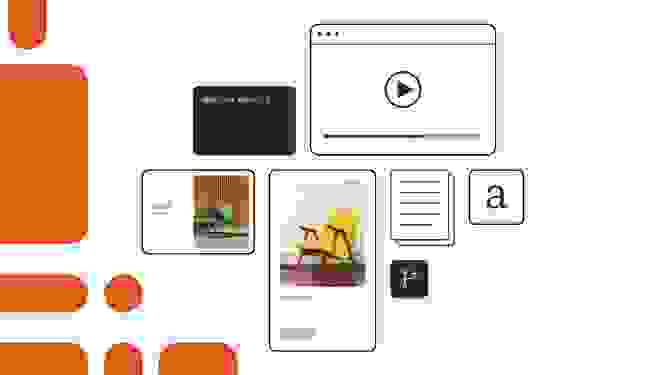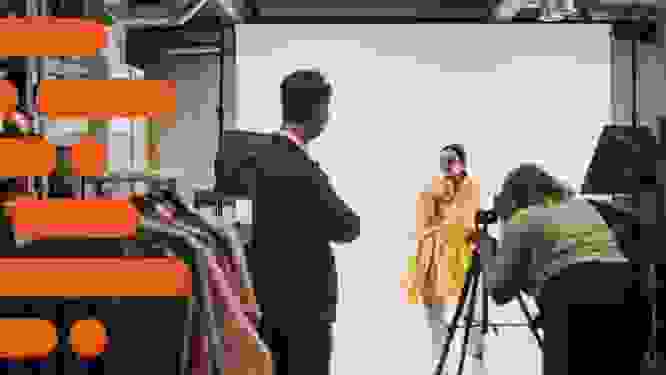From diesel engines to content engines: Wärtsilä shares what they’ve learned

Finnish marine and energy company Wärtsilä has been operating for over 186 years. Wärtsilä has led engineering innovation since its founding, including manufacturing Finland’s first diesel engine in 1938.
Today, Wärtsilä produces some of the most significant advancements in environmentally friendly, energy-efficient technologies and low-emission fuels. It aims to build a zero-emissions society through energy intelligence, market-shaping and innovation. A big mission with a large workforce behind it –– Wärtsilä employs nearly 20,000 people in over 200 locations worldwide.
The challenge: get two new digital products up and running quickly
Last year, when many organizations went digital, Wärtsilä realized it lacked vital tools to keep its team engaged and informed. The first was an internal platform for sharing information. Everyone, from engineers to marketing executives, needed somewhere to share stories, celebrate work, educate each other and consolidate content.
Wärtsilä also needed a human resources portal for employees to check to-do lists, plan their career paths, manage data and get in touch with the HR team.
Both products had to be easy to use since they wouldn’t be something Wärtsilians would touch now and then. The tools needed to be intuitive.
The solution: work with Contentful to build a flexible, scalable content model
With Contentful, Wärtsilä launched its new digital products quickly. After introducing WeLeap, the internal sharing platform, employee-generated content skyrocketed.
"We have had over 50,000 pieces of content,” said Ansku Rönnqvist, platform lead. “And 50,000 is a lot. We only have 20,000 people in the company, of which many are not working day-to-day with their own computers. So this is something that we are very proud of.”
Wärtsilä’s HR portal, MyHR, had similar success. From day one, 2,000 people were using the portal daily to receive comprehensive HR services, no matter where they lived.
The lessons: adopting the right mindset and implementing the product
The team at Wärtsilä initially developed 25 digital products and chose five to scale and release. As you can imagine, they learned a lot throughout this process. Here are five of the most important lessons learned.
1. Create a startup within the company
Even though Wärtsilä developed WeLeap and MyHR internally and for internal use, the team decided to treat them like startups within the company. This shift in mindset meant the team could handle challenges like slow adoption and building engagement over time. "We all know with startups that the hockey stick doesn't immediately happen even though you might want it to," said Rönnqvist.
The Wärtsilä team also took a startup approach to marketing its products. Creating the product and hoping people use it doesn’t cut it –– the team needed to sell the products to users just like a startup would. The team increased internal marketing to make the products visible amongst their dispersed teams and did some B2C campaigning to ensure each user considered the content relevant.

2. Take the time to really understand what you’re offering
It might sound simple, but the team at Wärtsilä made significant progress when they took the time to understand their product. For WeLeap, they realized the content employees shared was the product, rather than the technology platform, as they had initially assumed.
Once the Wärtsilä team understood what it wanted to achieve, it could see how it wanted to scale the tools, the technology it needed and what challenges it might face. It also helped guide its product development –– the team could be precise and economical instead of just building for building's sake.
3. Turn user feedback into action
Instead of assuming how Wärtsilians would use the product, the platform team always made it a point to ask.The team found that people didn't always use the product as it had intended. For example, the platform team found that an employee had used the WeLeap platform to start a club. The team had discussed clubs early on but hadn’t implemented it –– but then an employee did it themself.
"From my side, I can say that when it comes to the experience, we try to involve people as much as we can,” said UX designer Esteban Solis. “We have consolidated something that we call a UX reference team. This means we are checking and touching base with representatives from many areas. We work closely with them to create new features or ideate what we can do next and validate what we have already done."
4. Your technology shouldn't direct the story
The WeLeap platform at Wärtsilä is a place to tell stories, and it was important that the technology didn't limit employees and how they wanted to do this. As Solis put it, "Every story is told differently depending on who is telling it. Some people like to express themselves through text; for others, it's video; some people are more daring, more creative and so on."
Using Contentful, the Wärtsilä team could use the content item as a blank canvas, allowing employees to choose from various components to tell the story their way. Product owner Sachie Yoshizumi says, "The content items really gave us the flexibility to shape the content based on the story the business owners and content creators themselves wanted to convey."
5. It’s never too early to think about how you’re going to scale
When creating digital products, scaling can often be an afterthought. The team at Wärtsilä knew they had 20,000 built-in users (with more to come) and that they needed a product that could scale with them.
According to Yoshizumi, "From a technical point of view, scalability has to be considered early on. We've been able to develop content models and user interfaces that work for various purposes. This has been crucial so that we don't spend all our time continuously developing new content models and solutions, but can focus our efforts more effectively on what brings value." No one regrets building scalability into their digital product early on. Plenty of people regret the decision not to.
Extra tip: learning new storytelling skills
We might typically think gaining new skills for work means learning a new tool or going through a management course. But the Wärtsilä team wanted to see more people trained in storytelling. When it comes to creating content or even designing a new digital product, it helps to put structure around the story you want to tell. Good storytelling has a clear beginning, middle and end. The stories you tell about your work and organization should, too.
Learn about how other companies have successfully launched digital products using Contentful.



